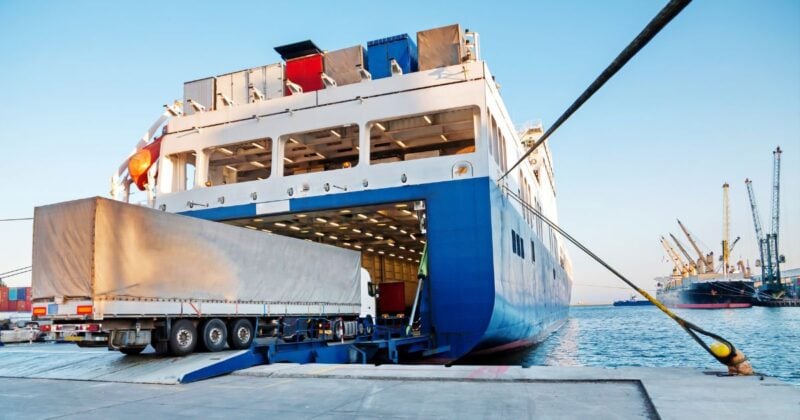Roll on, Roll Off (RoRo)

The process of driving vehicles directly onto a vessel via a ramp, known as roll-on, roll-off (RoRo), eliminates the need for cranes or other lifting equipment. It streamlines the loading and unloading process and is useful for transporting large volumes of vehicles efficiently.
RoRo vessels are uniquely designed to facilitate this process. They feature built-in ramps that connect the dock to the ship, enabling vehicles to embark and disembark easily. Like a large parking garage, the ship consists of multiple levels to accommodate many vehicles. This makes RoRo shipping highly efficient for transporting large volumes of wheeled cargo. Once on board, vehicles are securely fastened to the deck using heavy-duty straps to prevent movement during transit — ensuring safe transportation.
Compared to lift-on/lift-off (LoLo) shipping, which uses cranes, the reduced cargo handling in RoRo shipping minimizes the risk of damage. The turnaround time at ports is significantly reduced as vehicles can be driven directly onto the ship, instead of being parked and waiting for cranes to lift the cargo directly onto the ship. This efficiency translates into lower shipping costs and faster delivery times, which are crucial factors in the competitive logistics industry.
RoRo shipping is particularly popular in international trade, where large volumes of vehicles are transported between countries. It is commonly used in routes that involve ferry services, such as between islands or across bodies of water.






 English
English